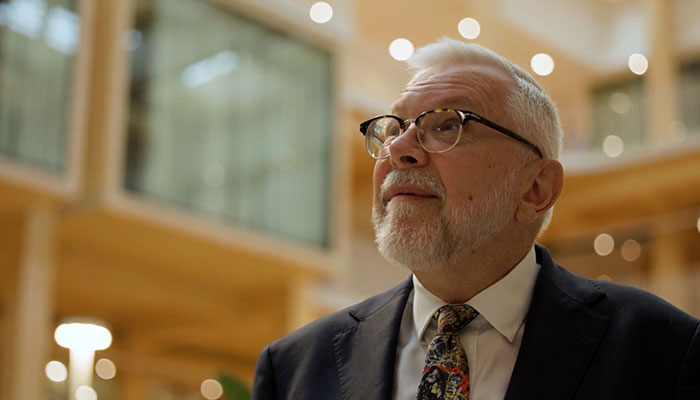Whether it be gay marriage, the Indigenous voice to parliament or a commitment to reduce carbon emissions, consumers have become accustomed to corporate Australia taking up social causes.

Woolworths CEO Brad Banducci recently entered the fray by saying the retailer was going to stop stocking Australia Day merchandise ahead of the January 26 public holiday.
Banducci said the move was due to a lack of demand from customers, adding that Big W would continue to sell Australian flags year-round. But that didn’t stop Opposition Leader Peter Dutton calling for a boycott, accusing the chain of “peddling woke agendas”.
This is an example where an intermediary blocks the distribution and supply chain, penalising customers who aren’t in agreement with the company on sociopolitical issues.
The question is what is the end game that Woolworths is trying to achieve as a household Australian brand? There are two key drivers involving both pessimistic and optimistic perspectives.
Pessimistic view
Free publicity - The immediate outcome for the brand is a surge in publicity, media coverage, online discussions and dinner table conversations about Woolworths – a household brand that has always provided dinner table essentials, but has never been the topic of dinner table conversations.
Changing the conversation - As the federal government launched an attack on retailers and subjecting them to a review of grocery prices, was Woolworths trying to change the conversation? Prime Minister Anthony Albanese said the review could result in significant government intervention to bring grocery prices down. Historically, brands have tried to change the conversation by offering alternative topics for public discussion. In the US, Walmart, the world’s biggest variety supermarket, has in the past deflected criticism concerning the minimum wage and claims of poor treatment of employees by launching sustainability initiatives.

Preaching to the converted - Last year, Kmart gained publicity and legitimacy among some users after announcing it wouldn’t stock Australia Day merchandise. It resulted in a positive response from the Indigenous community. While it received some criticism, it did not result in a consumer backlash, vandalism or a call for a boycott from politicians which Woolworths has experienced. Given the muted response to Kmart, Woolworths may have made a calculated risk which went awry.
Optimistic View
Respect for Indigenous and First Nations culture - We can assume that Woolworths’ motivation and intention was to show respect to First Nations people. Though the company itself has cited a mix of decline in demand and cultural sensitivity as the reason for not stocking the merchandise. This is another example of a brand making short-term commercial moves with regard to long-standing controversial sociopolitical issues. Here we have a brand trying to celebrate inclusion, by practising exclusion.
As a result, the retailer has upset one group in order to respect another. The outcome is never going to be uniting, but divisive. Letting down and ignoring one segment of society while sanctioning another will typically lead to further resistance to change and a greater push to maintain the status quo, ultimately disadvantaging the cause and the community you were aiming to support.
A brand like Woolworths, with a better understanding of its position among its customers, should perhaps refrain from trying to force change and instead focus on celebrating First Nation’s values by integrating those values into its business practices.
Practices such as creating and running media campaigns covering Indigenous stories, collaborating with Indigenous artists, entrepreneurs, and startups, and featuring First Nations people in advertising campaigns, putting a greater emphasis on offering Indigenous-inspired product designs, and enhanced store display designs featuring and promoting First Nations cultural elements.
Dr Abas Mirzaei, pictured above, is a Senior Lecturer in the Department of Marketing at Macquarie Business School.




